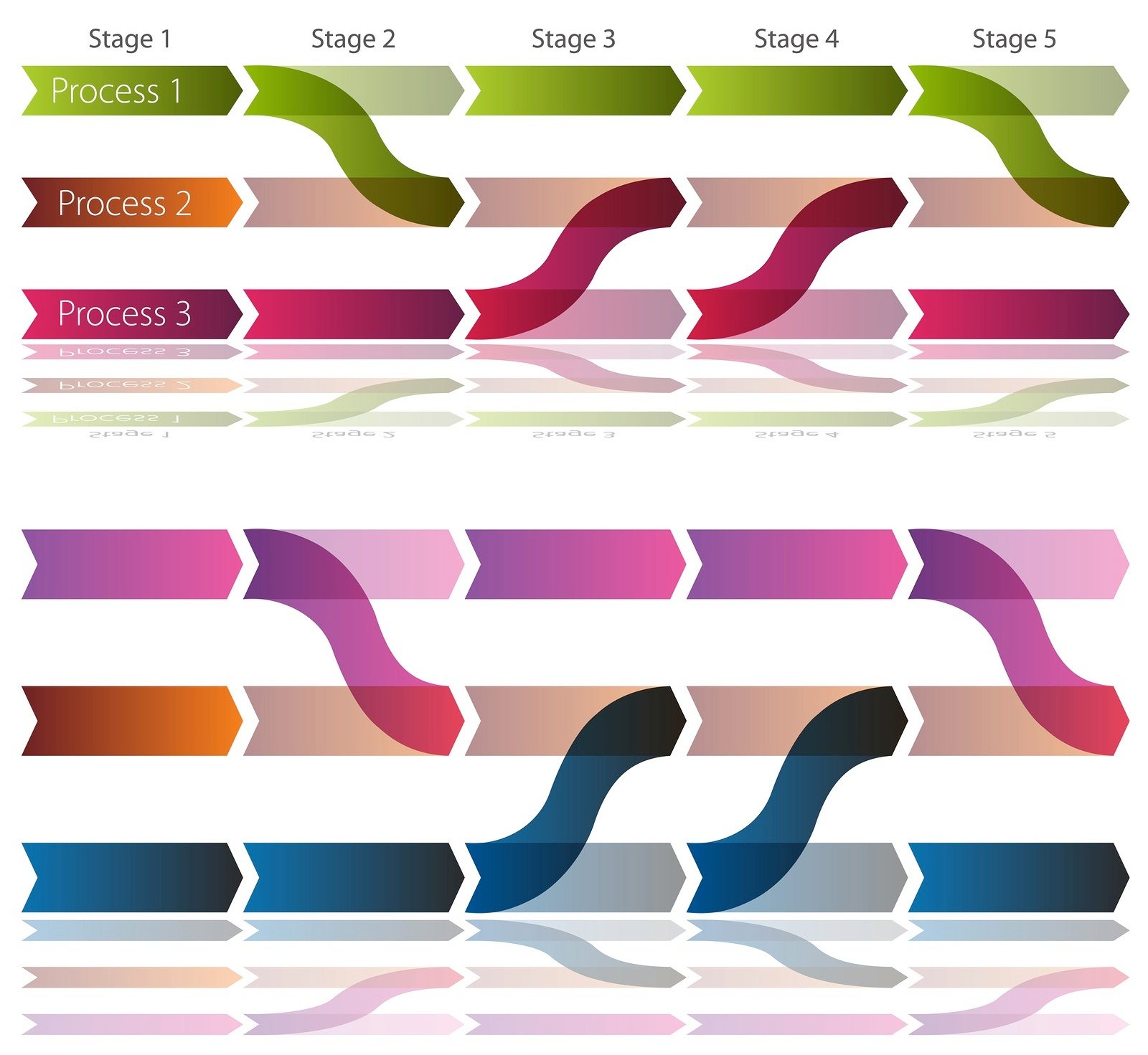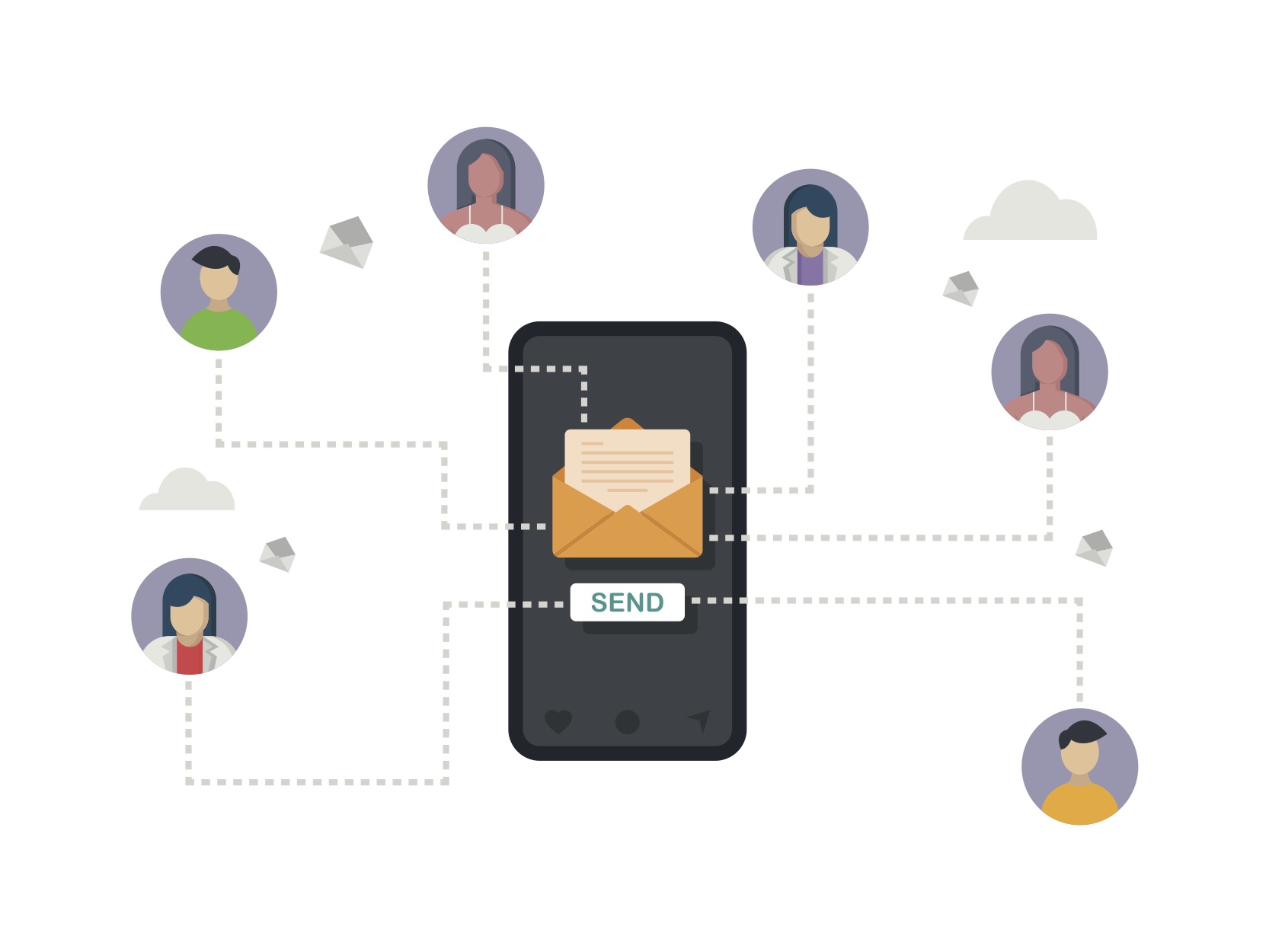What are the Indications Your Business is Ready for Workflows?
 Lead nurturing allows a business to send automated, segmented emails to leads that are not yet sales-ready. In turn, this kind of marketing automation allows a company to manage its leads more efficiently and save both time and money.
Lead nurturing allows a business to send automated, segmented emails to leads that are not yet sales-ready. In turn, this kind of marketing automation allows a company to manage its leads more efficiently and save both time and money.
But there’s a way to turn the lead nurturing routine up a notch. Adding workflows to a lead nurturing system enables marketers to build stronger relationships with leads and, in turn, refer better-qualified leads to the sales team, reducing the sales cycle by about 23%.
Let’s talk a little more about the specifics of workflows
A workflow is a series of automated activities that a marketer can set based on a lead’s history or contact information.
This may sound like simple lead nurturing, but it’s not. Workflows enable marketers to send emails, prompt email notifications, modify contact information and add or delete contacts from different lists. Workflows operate by using and providing very specific information, which allows marketers to better identify sales-ready leads before handing them off to the sales team.
Lead nurturing is all about sending the right information to the right person at the right time. Workflows make it much easier for companies to do just that, because workflows define very specific lead nurturing criteria and then automate both the criteria and communications, taking much of the guesswork out of the marketing automation process.
Now let’s look at the 3 main reasons to add workflows to a lead nurturing system
Industry experts agree that a workflow tool is currently one of the most powerful marketing tactics.
Here’s why.
1. Workflows convert more leads to customers.
Far more specific than simple mass marketing or even plain lead nurturing, workflows provide the capability of extremely powerful segmentation. This means that workflows can group leads based on very particular characteristics and behaviors, information that allows a company to orient its email communications around precise targets.
The implication here is that these kinds of tools make mass marketing practices obsolete. With smart tools, like workflows, that enable businesses to reach leads with effective content, companies can make these leads sales-ready faster and more efficiently.
2. Workflows are customizable.
This means that users can tailor the workflow’s content and timing to the information they have gathered about their leads. For example, if some leads are closer to being sales-ready than others, the marketer can set up a workflow to send those leads three emails per week, instead of just one. Or, if some leads are small business owners who might respond better to emails on the weekends, a workflow can send emails to those people on, say, Saturday mornings.
3. Workflows save time.
As we mentioned, workflows reduce the sales cycle by about 23%. That’s 23% of time and energy spent returned to a company’s marketing and sales force. Enough said.
What are some indications that it’s time for a company to start using workflows?
While there are no hard and fast “rules” for when to integrate workflows into an inbound marketing strategy, it’s always a good time to convert more customers faster, right?
Here are some indications that it’s time to start integrating a workflow tool:
A company:
- Generates leads but ignores the ones who are not ready to buy.
- Has a sales team that is unhappy with the quality of the leads.
- Sends the same emails to its entire list of leads.
- Collects valuable lead information, but doesn’t use it for segmentation.
- Does not target its marketing offers and messaging based on its leads’ needs.
- Sends or follows-up to all of its emails manually.
- Updates mass contact information manually.
- Wants to convert more customers by utilizing better lead nurturing.
So, the value of a workflow tool is this: more efficient marketing yields more customers in less time at a lower cost. For more information about integrating workflows, contact PCR.





